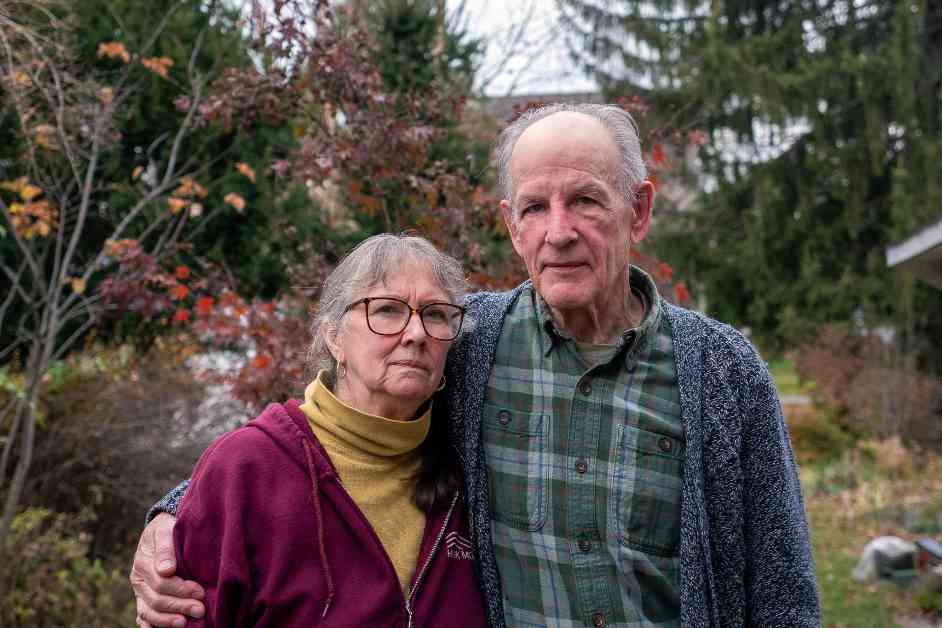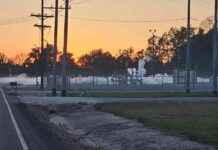Millions Exposed to Air Pollution Despite Stricter EPA Standards
In Manheim, Pennsylvania, Stephen Haldeman, a retired man in his 70s, faces a daily struggle with air pollution. Concerned about air quality due to his sensitivity to pollution and his recent health scare, Haldeman diligently checks his air quality apps each morning before deciding if it’s safe to leave his home. His wife, Suzy Hamme, also suffers from the effects of poor air quality, experiencing headaches when pollution levels rise.
Challenges in Air Quality Monitoring
Haldeman relies on apps like the EPA’s AirNow and Purple Air to monitor pollution levels in his area. However, he finds that the government-run AirNow app often underreports pollution compared to the data collected by the Purple Air monitor in his backyard. This discrepancy highlights a larger issue with air quality monitoring across the United States.
According to a recent study from the University of California, Berkeley, over 20 million Americans live in urban areas that lack sufficient air quality monitoring, creating “blind spots” where dangerous levels of pollution go undetected. These blind spots make up 44% of urban areas in the U.S., exposing millions of people to hazardous air pollution without their knowledge.
The Impact on Lancaster County
Lancaster County, where Haldeman and Hamme reside, is a prime example of this problem. Despite its picturesque countryside, Lancaster ranks as the 30th-worst city in the U.S. for short-term particle exposure, posing significant health risks to its residents. The lack of precise monitoring in Lancaster has made it challenging for environmentalists like Haldeman to push for action to improve air quality in the area.
County Commissioner Alice Yoder acknowledges the difficulty in addressing air quality issues in Lancaster, noting the lack of data and awareness among residents. While some blame traffic congestion, agricultural practices, or waste burning for the pollution, the exact sources remain unclear without comprehensive monitoring.
Addressing the Monitoring Gaps
Efforts to enhance air quality monitoring are underway at the federal level, with the Biden administration setting stricter standards for pollutants and allocating funding to expand the air sensor grid. However, areas like Lancaster have not been prioritized for additional sensors, leaving residents like Haldeman and Hamme to rely on community-run monitors for data.
While low-cost sensors like the Purple Air monitor offer valuable insights, they lack the precision and regulatory authority of government-run monitors. Experts emphasize the importance of government sensors in influencing policy decisions and implementing effective pollution control measures.
Despite the challenges, researchers advocate for prioritizing new government sensors in high-population blind spots to reduce the health risks faced by millions of Americans. Until then, individuals like Haldeman will continue to advocate for better air quality monitoring to protect themselves and their communities.
Donations from readers like you fund every aspect of what we do. If you don’t already, will you support our ongoing work, our reporting on the biggest crisis facing our planet, and help us reach even more readers in more places? Your contribution can make a real difference in the fight for cleaner air and a healthier environment. Thank you for your support.














